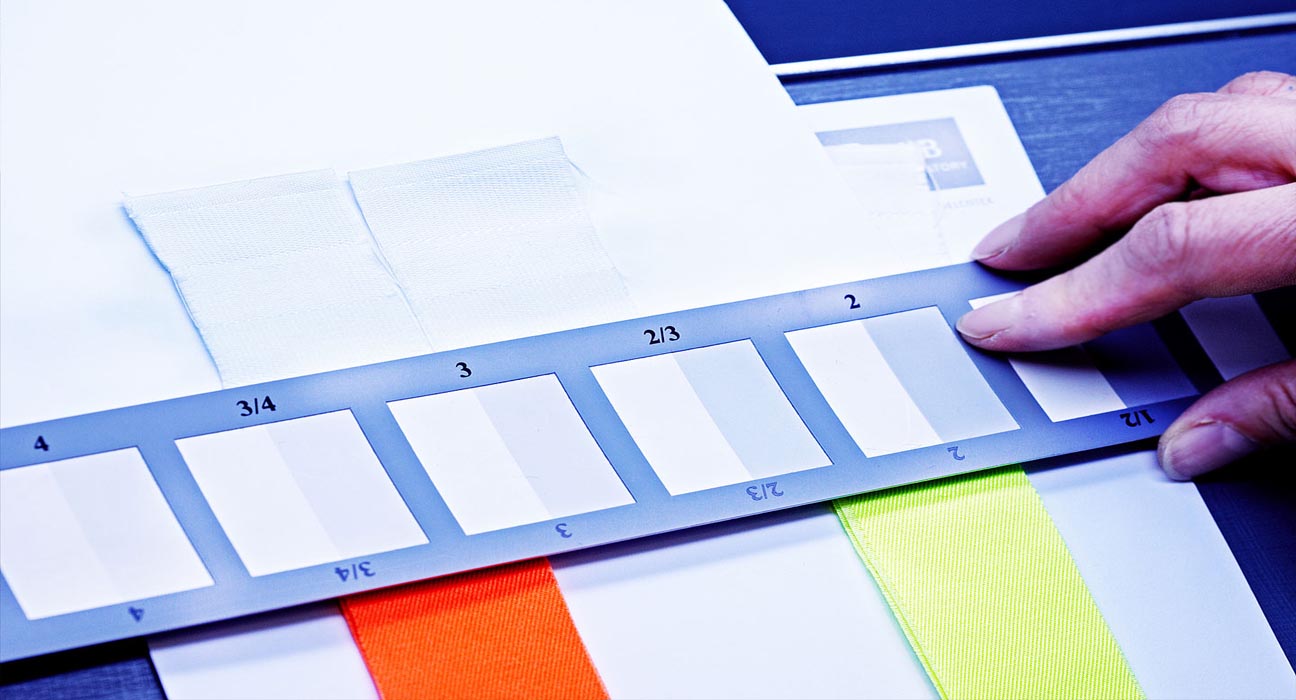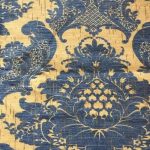Color fastness to light refers to a dyed fabric’s ability to resist fading when exposed to light. Light fastness is evaluated by Blue Scales.
The resistance to sunlight depends on the following:
- The intensity of light
- Inherent properties of the fabric
- Season
- Altitude
- Distance from the equator
Measurement Methods
Direct method: Sunlight method:
Samples are placed in a glass cabinet and exposed to sunlight for a certain time which is about 24 hours to 72 hours according to the buyer’s demand, and then evaluation is done by Blue Scales.
Laboratory instrument method
These machines have either a carbon-arc lamp or xenon-arc lamp as the light source.
Read: Rubbing fastness / Color Fastness to Rubbing
Working Principle
For testing light fastness, samples are exposed to an intense artificial light generated by a Xenon arc lamp.
The light passes through a series of filters to ensure that its spectrum (wavelength) closely matches the spectrum of natural daylight coming through the glass. The humidity and temperature of the test atmosphere are controlled.
A small sample of material, together with a series of eight blue wool standard fabrics (reference 1–8), are simultaneously exposed to high-intensity light.
The lightfastness rating system is based on the rate of fading of eight blue-dyed wool samples (blue chips) which are rated from 1 poor to 8 excellent.
Light Properties of Reactive Dyes
In general, textile materials colored with reactive dyes have very good light-fastness, the light-fastness rating being about six.
The very stable electronic arrangement of these dyes provides good resistance to the degrading effect of sunlight. There are, however, some reactive dyes with only fair light-fastness. Reactive dyes with azo chromophore show lower light-fastness. Metal complex type azo reactive dyes have higher light-fastness.
Textile materials colored with reactive dyes have good wash-fastness; their wash-fastness rating is about four to five. This is attributed to the very stable covalent bond that exists between the dye molecule and the cellulosic fiber.
Light Properties Disperse Dyes
Disperse dyes are nonionic dyes. So they are free from the ionizing group. These dyes have fair to good light fastness with a rating of about 4-5. Of all dyestuffs disperse dyes are of the smallest molecular size.
Generally disperse dyes are derivatives of azo, anthroquinone, nitro, and quinine groups.
How to Improve the Color Fastness to Light?
Through research and practice, it is found that: Selecting the dye with good light fastness is the key to improving the colorfastness to light of textiles.
The colorfastness to light of textiles is mainly dependent on the chemical structure, the aggregation state, the combined state, and the mixture of the dye. Now we analyze how to improve the colorfastness to light from the dyes.
Select the Dye According to Fiber Properties and Textile Uses
- For the cellulose fiber textile, we should select the dye with better oxidation resistance.
- For the protein fiber, we should select the dye with a good anti-reducing property or a weakly oxidizing additive.
- For the other fibers, select the dyes according to the effect on fading.
Select the Dyes According to the Color Depth
The color fastness of reactive dye on cellulose fiber is proportional to the depth of the color dyed, that is to say, the darker the color is, and the better the light color fastness is.
For example, when dyeing light-color varieties, we should select the dye with stable lightfastness.
In addition, the addition of many finishing agents, such as softener and anti-wrinkle finishing agents, will also reduce the light fastness of the product. These fabrics should choose dyes that are not sensitive to finishing agents.
Color Fastness to Light
Select the Dyes with Good Light-resistant Stability and Compatibility for Color Combination
The fading properties of different dyes are different, and even the principle of photo fading is different. Sometimes, the presence of one dye sensitizes the fading of another dye.
When the color is a combination, we should choose dyes that will not sensitize each other, or even improve the light stability, which is particularly important when dyeing dark varieties such as black.





